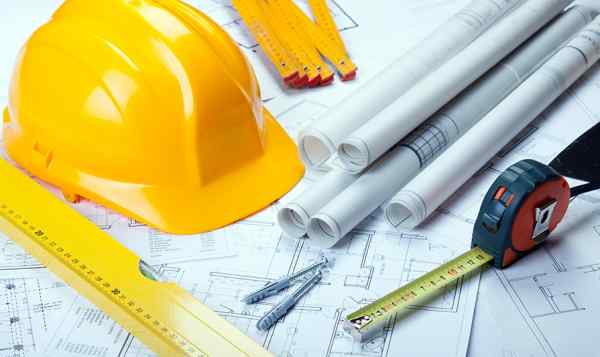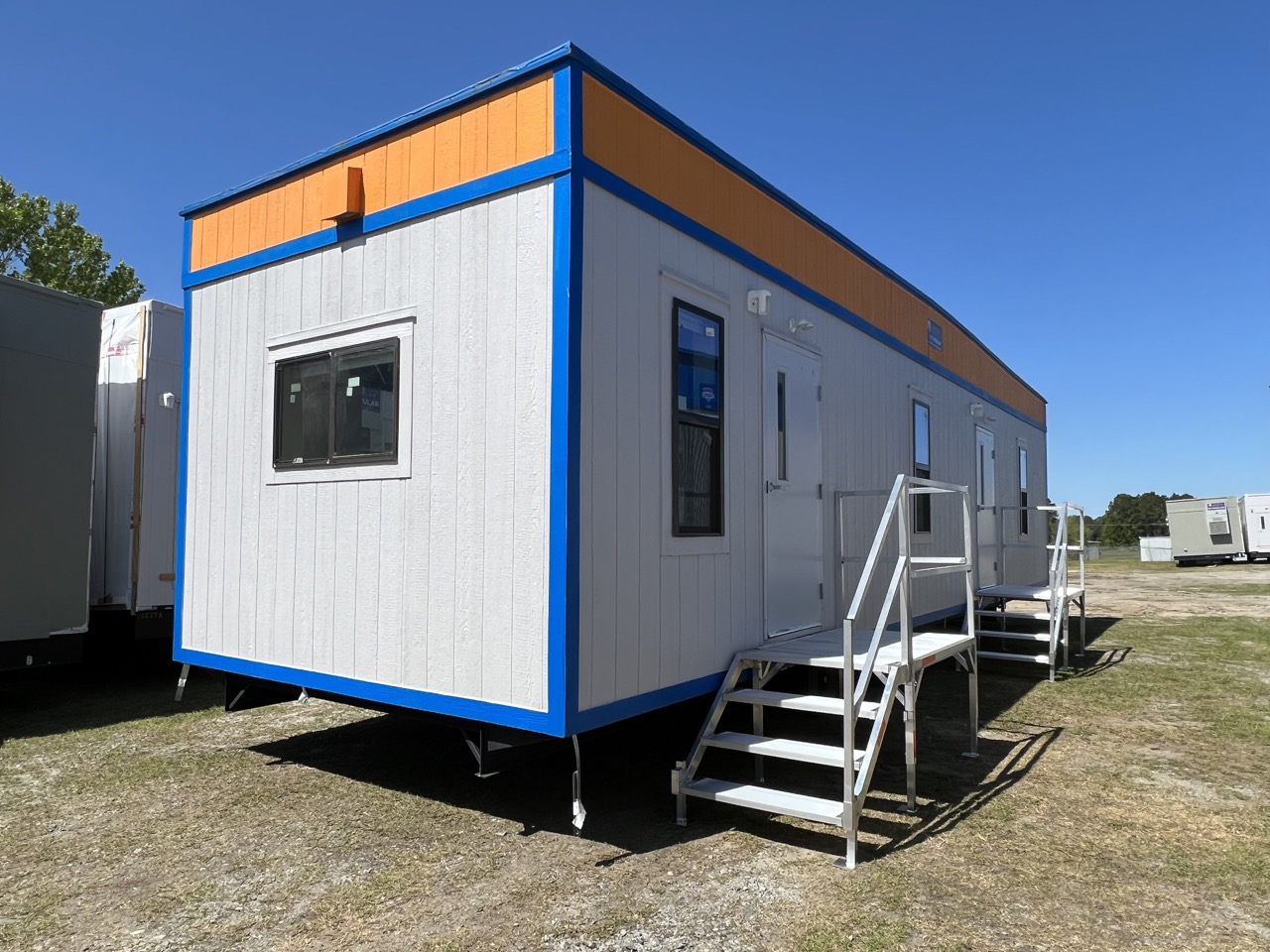Prefabrication and Modular Construction's Impact on the Future of Construction
The practice of prefabrication as a type of construction seems rather new, however history shows that it that it has been around for a long time. Did you know that:
- In the 1600’s, panelized wood houses were shipped from Britain for a fishing fleet in Massachusetts and were moved and reassembled several times
- In the 1800’s, a London carpenter named Henry Manning manufactured a portable cottage for export to Australia
- Prefabricated houses were transported by rail for settlers during the California Gold Rush
The experimentation with various materials like cast iron, concrete, and others led to technology development and even more innovation. In 1889, Gustav Eiffel’s iconic Eiffel Tower was assembled out of prefabricated iron elements in Paris. Due to the tower being built quickly, it cut down the cost and labor expenses that would typically be required in a traditional construction setting.
Today, prefabricated modular construction is accepted as one of the most time and cost-effective building methods, in addition to being more environmentally-friendly.
Prefabrication and Modular Construction’s Impact on the Future of Construction
Some parts of the traditional construction industry are slow to change, such as its slow start in adopting new technology in recent years, the prefabricated industry is growing at an accelerated speed, becoming increasingly popular for industrial construction, commercial construction and residential construction.
The global prefabricated buildings market is anticipated to exceed more than $135,945.6 Million by 2023 at a CAGR of 5%.
Some of the major motivating factors propelling the construction industry forward in the direction of modular construction are:
- Global growth of FDI in the construction and infrastructure sector
- Renovation and new construction with an increase in disposable income
- Growing demand in prefabricated buildings
- Rapid industrialization and urbanized population
- A need for minimized construction wastage and popularity of green construction methods
The one aspect of constructing off-site that can make some companies hesitant to adopt it is reduced flexibility to make changes to buildings in the field. However, with prefabrication, it’s about making those decisions earlier and being clear about the outcome. Even with traditional construction, last minute changes are likely to cause a dent in the overall cost.
The Rising Market Demand for Prefabrication and Modular Construction

Separating it by industry, the highest development in construction spending is anticipated for the manufacturing, commercial, health care, education, and energy industries. A recent report showed that permanent modular construction was 3.18% of the cost of new commercial construction back in 2016. Spurred by this growth, the modular construction industry’s goal is to reach 5% of the commercial construction market share by 2022.
With the speed of prefabricated construction being a large selling point, prefab construction methods employ the latest technologies to enhance designs. The constant innovation and drive to create a lower carbon footprint compared to traditional construction, modular construction is seeing more acceptance amongst key decision makers in the industry, which can be seen in the following statistics:
- The use of prefab construction tripled from 2010 to 2016
- 35% of contractors in the U.S. are applying modular construction techniques in the design phase
- The use of prefabricated materials on more than 50% of the construction is more effective than those making less use of prefab building techniques
The Manifold Advantages of Prefabricated Construction
When done appropriately, off-site construction methods like modular construction using prefabricated materials can be advantageous to a project’s schedule, financial plan and skilled labor requirements.
So what is causing more construction industry experts to integrate modular construction in their projects or move over to modular construction as a practice? The answer is, modular construction offers numerous benefits over traditional, on-site construction methods. Some of the key advantages include:
- Shorter construction time - Prefabrication may take less than half the time when compared with traditional construction, in many instances. As compared to conventional construction, in which site preparation must be completed before site construction activities can begin; the overlap of off-site and on-site construction tasks during the modular building process creates a favorable impact on the construction schedule. The other factors that allow for shorter construction times are upfront planning, exclusion of on-site weather factors with the building construction taking place off-site, and the fact that multiple pieces can be constructed simultaneously, allowing multiple pieces to be assembled in less time.
- Reduced financial costs - Modular construction requires careful planning, allowing all parties involved to target all budgets and price points, creating an affordable alternative. Since the majority of modular construction takes place in a climate-controlled, safe manufacturing environment, physical material loss due to weather conditions is greatly reduced. The assembly line construction process helps modular builders to plan the purchasing and inventory of raw materials in a more organized systematic manner. The reduction in construction time makes a considerable difference in construction financing costs. Excess building materials can be recycled and repurposed for the next project. All of these factors play a part in reducing the cost of building materials and brings down the overall cost factor.
- Eco-friendly green building practices - Modular construction’s key advantage is energy efficiency and sustainable construction. By promoting green and environmentally friendly practices like minimizing material waste, the modular building construction process necessitates fewer trips to the construction site, and reduces construction site environmental disturbances as well. The most environment-friendly fact is that modular buildings can be dismantled, refurbished, and repurposed, avoiding the need for new raw materials and energy usage, thereby reducing carbon footprint.
- Improved and consistent quality control – The use of accurate and precise equipment to build components ensure building code conformity. Throughout the modular construction phase, comprehensive quality control inspections are carried out as each module moves down the assembly line, allowing for issues to be identified and corrected before they disturb or delay other areas of the project, saving time and reducing costs. The proof of compliance when the building is ready to be assembled on-site, guarantees that further inspection is not mandatory.
Today, to save on time and money, a progressively popular choice to expand or construct new structures, commercial, recreational, educational or others, is the use of pre-fabricated building techniques and materials. The strong desire to create contemporary facilities that are aesthetically attractive to the users while being convenient and able to operate within budget constraints for these projects are making prefabrication a viable option. Pre-fabricated construction for permanent structures is a cost-effective solution. The fact that faster project completion dates are the norm with modular construction is a total win-win.
At Mobile Modular, we provide solutions that offer great value. We have a large selection of customizable and relocatable modular buildings in stock and ready to deliver. Carefully crafted and quality-controlled before delivery, our modular structures are faster, more cost-effective and a great environmentally friendly option compared to traditional buildings.
With the demand for prefabrication only likely to see an unprecedented growth and industry voices calling it the future of the construction industry, at Mobile Modular, we aim to be a huge part of that future, ready to take on the demands of the industry.




